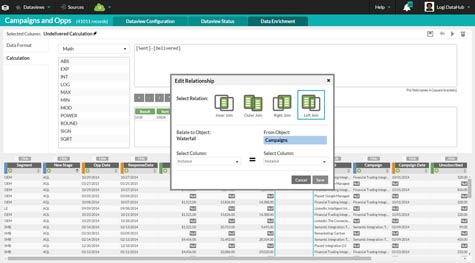Two of the more complex things about analytics are that it’s expensive and complex to gather all the relevant data into a central repository, and the needs of any two people looking to access that data are never quite the same.
Looking to rise to that challenge, Logi Analytics has enhanced its Logi analytics platform, known as Logi 12, to include its Logi DataHub through which users can connect, acquire and blend data from files, applications or databases running on-premise or in the cloud using a set of SQL-compatible query tools. Brian Brinkmann, vice president of product management for Logi Analytics, says that rather than bring data into a central data store, Logi DataHub makes it possible to compare and contrast data without having to go to the trouble and expense of actually moving it.
To make that data more accessible to users, Logi Analytics has also updated Logi Info to include support for additional visualization tools and a self-service dashboard that makes it simpler to create and author reports. Also new inside Logi Info is a discovery module through which users can more easily discover relationships between different sets of data and then publish those findings within an external application.
Finally, Logi Analytics has also updated Logi Vision, a separate module through which analysts can interactively explore data that is stored in an actual data store that resides locally. The new updates add support for an enhanced recommendation engine and templates that are pre-populated with data.
Brinkmann says the primary issue that Logi Analytics is trying to address is to provide a flexible framework for analyzing data based on the use case and the actual needs of the end user. While there may be times when it makes sense to move data into a centralized data store, there are just as many analytics applications where moving the data is not necessary at all, says Brinkmann.
The biggest challenge with analytics is that not only has the amount of data that needs to be analyzed increased, but the types and varieties of data the end user needs to interact with have also increased. The one thing that is consistent, however, is regardless of where that data is located, the one tool that most organizations want to use to interact with that data remains SQL.




